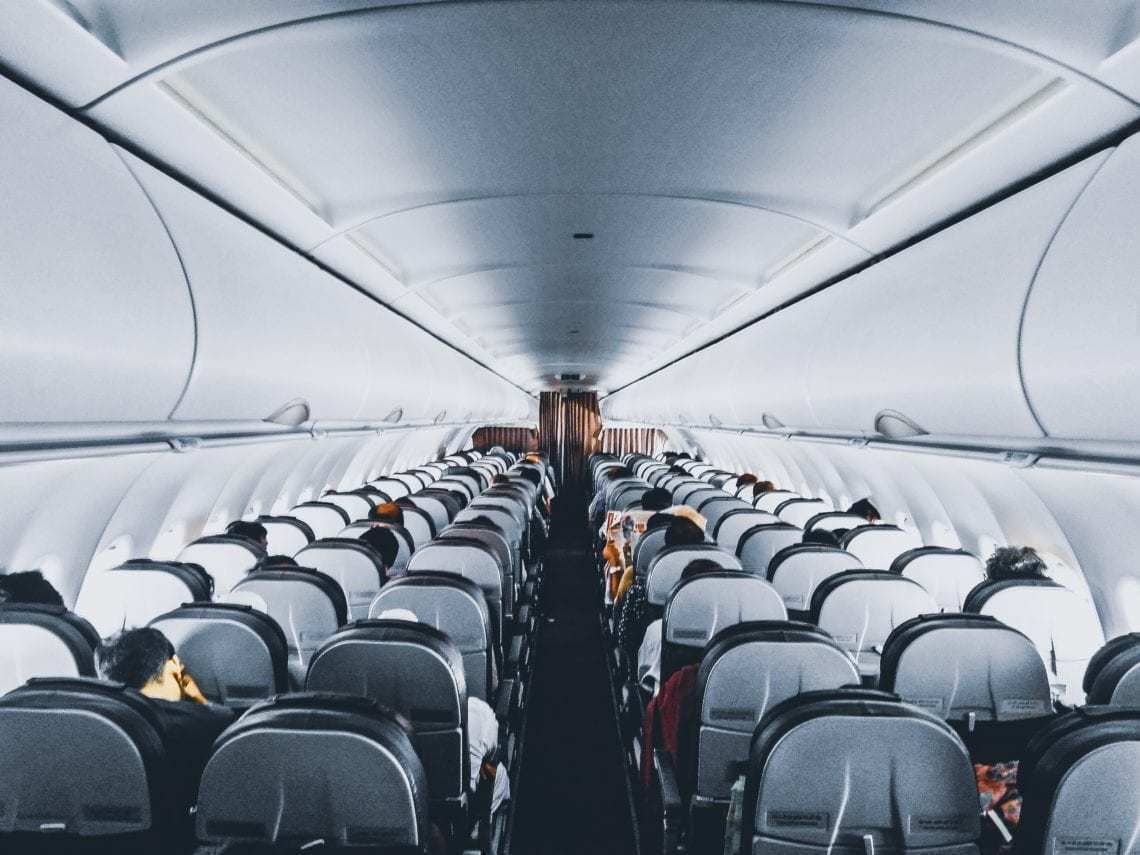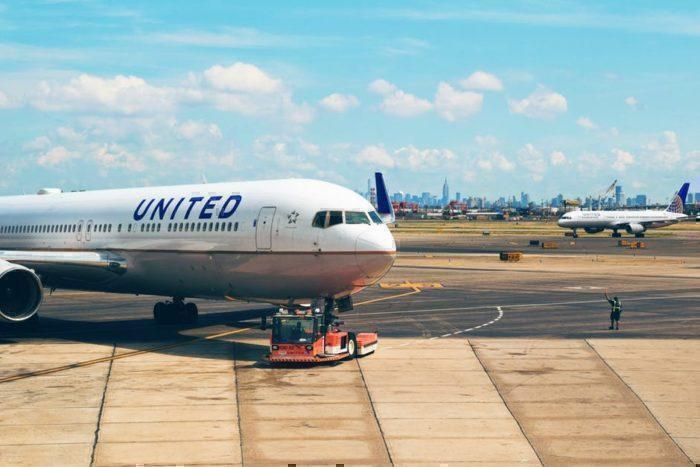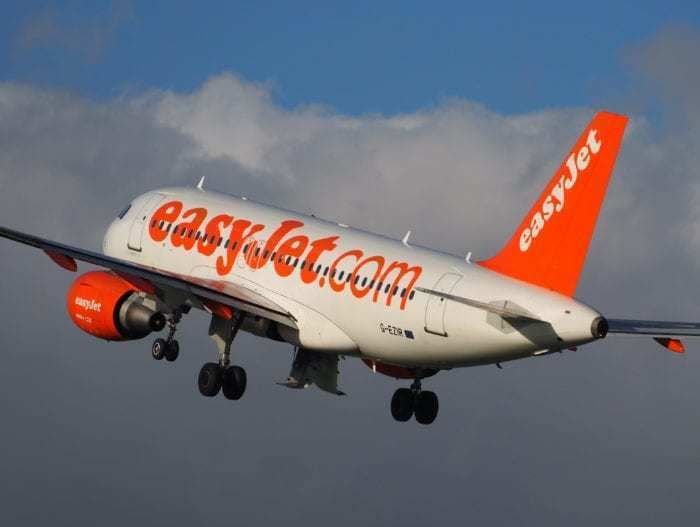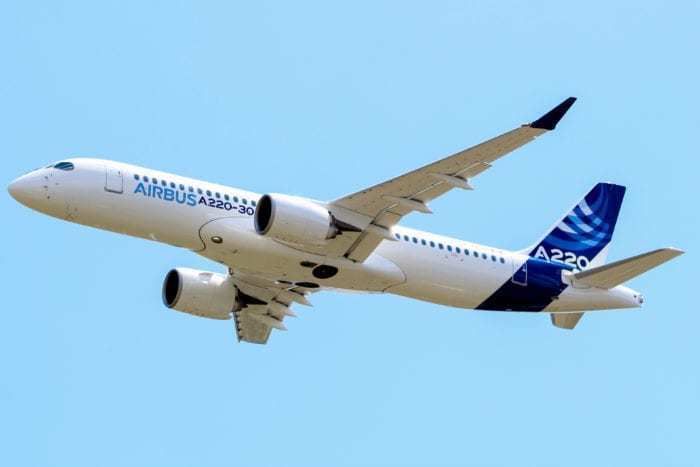Could the age of United, Delta, and American Airlines be coming to an end? Some are saying the future of air travel in America belongs to ultra-low-cost carriers, with a focus on point to point secondary airports.
What are the details?
America, Delta, and United are the United States' biggest airlines by fleet size. The competition between them is so fiere, any exploration of new ideas through changes to their business plan risks damaging exposure.
This means that people who want to fly but can't afford it (and those who do fly but are price sensitive) are not being catered to by the big three. This is where ultra-low-cost carriers come in.
These airlines would focus on providing a strictly A to B utilitarian service. They would only provide a (random) seat on the plane, with passengers who require additionals being asked to pay. This would include everything from priority boarding to luggage, food, beverages, seat selection, overhead bin space, carry-on bags, entertainment and anything else not essential to the service. Whilst some of the airlines operating in the US today already charge for a few of these, none are really taking it to the extreme level that an ultra-low-cost airline would.
Europe has already seen the rise of the likes of Easyjet and Ryanair; perhaps it's time for the US to experience the same.
How would these new carriers beat the bigger competition?
Apart from beating the bigger airlines on price, how would these ultra-low-cost carriers compete with the incumbents to win passengers? It's all about reducing cost as much as possible.
The big three dominate domestic routes across the country from several 'fortress hubs'. These hub airports are dominated by one airline and are used to ferry passengers from smaller regional airports to larger destinations. These airports are huge and centrally located, such as LAX, JFK, and Chicago O'Hare.
Regional airports are far smaller, only reach out to local communities of under a million and generally have few flights a day. They are cheap for airlines to use, sometimes waiving landing fees altogether in order to attract a route from a hub airport.
However, what if you wanted to fly between these two regional airports? For example, from Providence, Rhode Island to Raleigh-Durham, North Carolina? On a bigger carrier, you would fly from Boston to Charlotte, with your own transport between (or a somewhat expensive short regional flight). An ultra-low-cost carrier would provide a direct service between these airports. And because it would be so cheap (experts say around 40% of current costs) passengers who actually want to travel between Boston and Charlotte might find themselves traveling to the regional airports to take advantage of these deals.
Slipping under the radar
If we look at competitive activities, the larger airlines have a tonne of capacity that they could dump onto any startup and price them out of the market. By focusing on smaller regional airports, a new LCC would slip under the radar of the bigger airlines.
These smaller and newer airlines will also save costs in other ways. They will employee non-union crew, outsource information technology and customer service (sounds like a disaster but with apps and tech these days there is little reason to have someone on a phone all day) and even using older planes that come cheap (one start-up wants to use dense Boeing 737-800s).
Whatever the future holds, it can only mean one thing. Lower prices for customers.
What do you think? Let us know in the comments.




